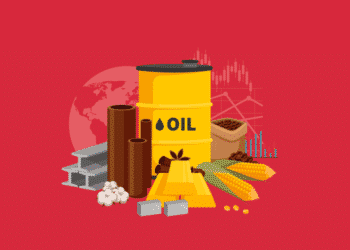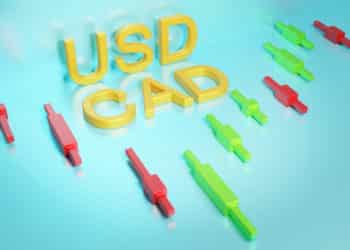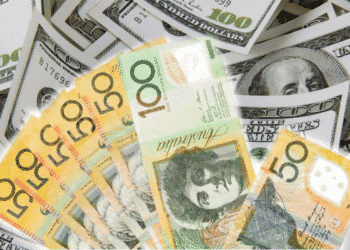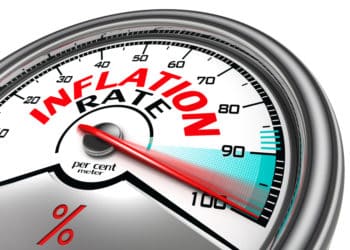In the 1800s, currency quotes were transmitted through telegraph cables beneath the Atlantic Ocean between New York and London. Of course, technology has vastly improved since this period, yet ‘cable’ is still a popular slang term for GBPUSD, one of the most heavily speculated currencies globally.
Cable forms part of the major pairs, currencies paired against the US dollar. As expected, these currencies are issued by countries with some of the most prosperous economies.
The US dollar is the world’s reserve currency, while the British pound sits in the fourth position in this regard. Interestingly, the pound did hold this status for several decades before World War I when the greenback overtook it.
As expected, GBPUSD is the currency exchange rate for the British pound (the base currency) and US dollar (the quote currency). With the current price of 1.34, this means it takes 1.34 dollars to buy one British pound.
Like any currency pair, particular elements move this exchange rate at any given time, which this article will explore further.
Characteristics of GBPUSD
Cable or the British pound is one of the most widely traded and cash-rich currencies globally, a testament to the United Kingdom’s economic dominance. Hence, this market has continuously attracted massive trading volumes and intense speculative interest from retail and institutional traders.
Cable is often the most volatile market within the major pairs, which is one of the main reasons it’s so attractive. It’s not uncommon for this instrument to move at least 200 pips or more within a month, meaning it can produce big moves.
This quality is a testament to how the respective economies underlying the currencies are constantly at a ‘tug-of-war.’ The British pound has always been marginally more powerful than the US dollar.
GBP is technically the strongest among mainstream currencies like the dollar, euro, Swiss franc, etc. Yet, the battle between GBP and USD is never a one-sided affair. The monthly chart of this pair reflects numerous bull and bear markets over the last few decades.
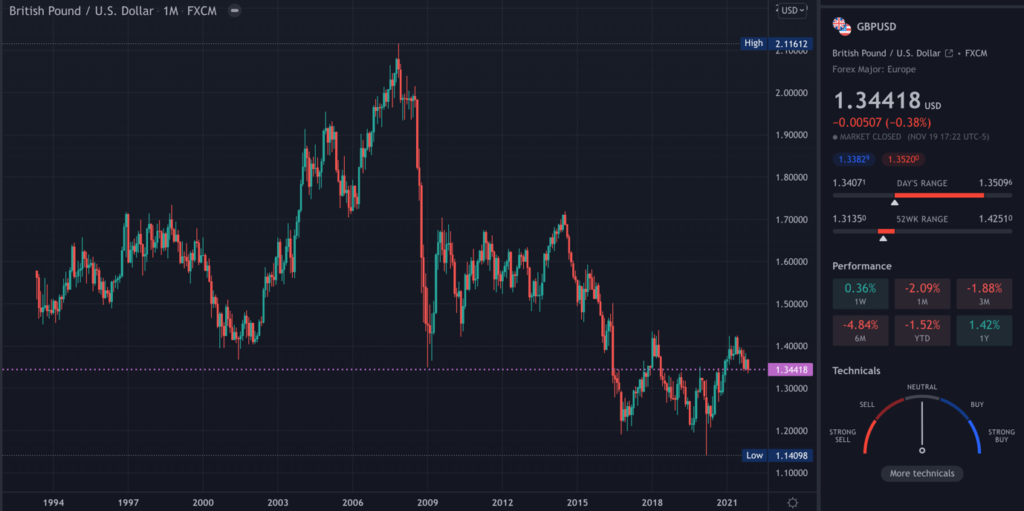
As a currency pair based on a free-floating exchange system with diverse economies, pure supply and demand drive the price of this market. When considering the underlying forces moving any pair, we primarily refer to macroeconomic factors.
Interest rates
Most experts consider interest rates the most influential in dictating exchange rates when it comes to fundamental analysis. Monetary policies are impactful factors to consider for any currency pair.
The interest rate is what central banks charge to other banks for lending purposes. Such is the significance of these rates that many consider them the ‘price of money.’ Central banks have two primary responsibilities: stimulating economic growth and keeping inflation in check.
This group manages the interest rates primarily based on these two principles. The central bank for GBP is the Bank of England (BoE) and the Federal Reserve or Fed for the dollar. GBP traders certainly keep an eye on interest rate reports on the economic calendar from any of these two institutions.
The rule of thumb is higher interest rates typically make a currency valuable; higher rates mean the foreign investment is more attractive, people have an incentive to save their money, etc.
All these factors create more demand for the currency in question. Needless to say, the opposite is true. Presently, the Fed’s interest rate is 0.25%; for the BoE, the figure is 0.1%. So, at face value, there’s a bearish bias for GBPUSD.
However, GBPUSD won’t necessarily trend upwards because the Bank of England hiked the interest rates, and the Fed maintained them. Skilled fundamental traders will also consider the inflation climate since that also affects the money supply and demand.
Many central banks release interest rates far less frequently (eight times on average a year), while inflation numbers come out monthly. Also, interest rates can remain unchanged for several years, while we can expect some differences with the latter more frequently.
Yet, if rates change to a notable disparity after a long time, the market will undoubtedly react to this news which can set a tone for a sustained directional movement. Regardless, the next section will cover how inflation can impact GBPUSD movements.
Inflation
We know inflation refers to the declining purchasing power of a currency over time, where the value of money gradually falls while the prices for goods and services increase progressively.
Several indexes attempt to represent inflation impacts, but the most commonly used in forex is the Consumer Price Index (CPI).
Generally, if the CPI is lower than the previous reading, it technically should make the currency more valuable; prices are less high, meaning people have more to spend, consequently increasing the use of that money.
The opposite is true; when the CPI is higher than the earlier month, it’s reasonable to assume a currency should become less valuable because the higher prices prevent people from spending.
The CPI for both GBP and USD comes out monthly, although not at the same time. For instance, if the new CPI number for USD comes out higher than the prior month, GBPUSD is likely to rise since the dollar would be considered less valuable (and vice versa).
When the time comes for the UK’s Office for National Statistics to release the new CPI, traders will apply the same logic by comparing the resulting figure against the preceding one.
The advantage of considering inflation over interest rates is that the numbers for this indicator are released more regularly, which means you can often see an immediate market reaction.
Final word
GBPUSD constitutes two of the oldest modern economies in Britain and the United States. Most investors have considered these safe-haven currencies, providing them some level of safety compared to other markets.
Liquidity with this pair is in abundance, which comes with plenty of action on a regular basis and fluid trade execution. Fortunately, this pair is immensely popular, meaning gaining information on any price drivers is relatively easy.
GBPUSD is highly dynamic like any forex market, and the previously mentioned drivers may not always cause unexpected movements. Hence, one should proceed with caution with this pair considering its relatively high volatility.




